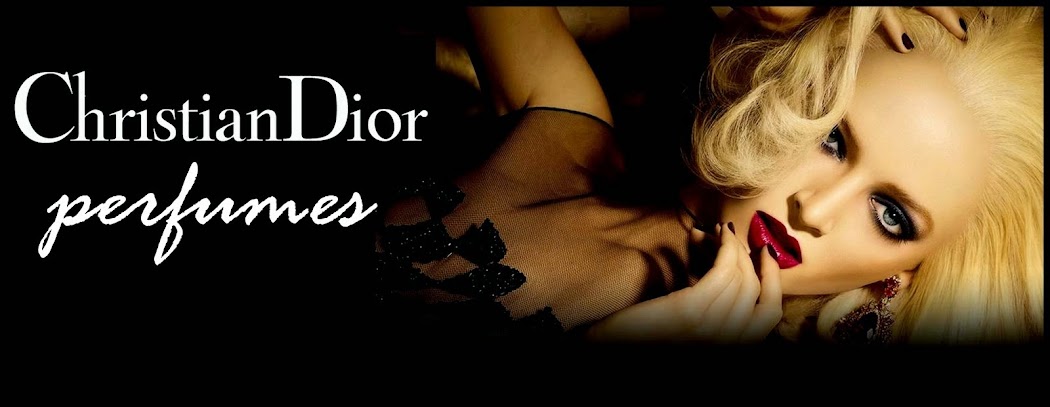In 1972, when Christian Dior launched "Diorella," the world of haute couture and fashion was experiencing significant shifts. The 1970s were marked by a move away from the rigid formalism of previous decades towards more relaxed and diverse styles. Fashion was becoming more inclusive, with a greater focus on individuality and self-expression. Designers were experimenting with bold patterns, unconventional materials, and new silhouettes. This period also saw the rise of ready-to-wear (prêt-à-porter) lines, making high fashion more accessible to the general public. Christian Dior, a house synonymous with elegance and sophistication, was navigating this changing landscape while maintaining its reputation for luxurious, high-quality creations. Dior's perfumes, like his clothing, were crafted to evoke a sense of timeless elegance and modernity.
"Diorella" is a name that seamlessly combines Dior's legacy with a sense of fantasy and charm. The name "Diorella" likely draws inspiration from the fairytale character Cinderella, evoking a sense of magic, transformation, and femininity. The addition of "ella" softens the name, giving it a whimsical, almost fairy-tale-like quality.
Women in the 1970s, experiencing a burgeoning sense of independence and freedom, would have found "Diorella" appealing for several reasons. First, the connection to Dior’s prestige would immediately signal quality and luxury. Women who admired Dior's fashion would be drawn to the perfume, trusting in its excellence. Second, the whimsical and modern name "Diorella" evokes a blend of classic elegance and modern vivacity, resonating with women who were navigating the balance between traditional roles and new freedoms. Lastly, much like Cinderella, "Diorella" suggests a transformation and a touch of everyday magic, implying that wearing the perfume could add a bit of enchantment to one's daily life
Christian Dior's perfumes were generally well-received and admired for their sophistication and unique compositions. Women who purchased Dior's perfumes were likely looking for a fragrance that embodied elegance, luxury, and timeless beauty. "Diorella," with its fresh and lively notes crafted by Edmond Roudnitska's collaboration with Art et Parfum, would evoke a sense of youthful exuberance and grace, aligning perfectly with the brand's image.
The name "Diorella" evokes images of a graceful, confident woman who possesses both charm and strength. It suggests a light, airy presence, yet one with depth and complexity. Emotions associated with "Diorella" might include joy, freshness, romance, and a sense of carefree elegance. Additionally, "Diorella" is a unique name, especially in the context of the early 1970s perfume market. Combining a well-known luxury brand with a playful suffix gave it a distinctive edge that set it apart from more traditionally named perfumes.
"Diorella" would likely appeal to both French and American women, though possibly for different reasons. For French women, the name would resonate with the inherent elegance and chic associated with French fashion. French women would appreciate the blend of tradition (Dior) and modernity (the whimsical "ella"). For American women, "Diorella" would represent an aspirational touch of European sophistication and glamour. The fairytale aspect would also have a broad appeal, aligning with American cultural narratives of transformation and beauty.
The advertisement featuring a vivacious woman in trousers, a slouchy sweater, and chunky heels presents an image of casual, modern elegance. This reflects the changing fashion trends of the time, where women were embracing more relaxed, yet stylish clothing. The image suggests that "Diorella" is for the modern woman who is confident, carefree, and fashion-forward. It conveys a sense of ease and sophistication, implying that the perfume is suitable for everyday wear while still being special and luxurious.
In conclusion, "Diorella" by Christian Dior was a well-conceived fragrance that aligned perfectly with the evolving fashion landscape of the 1970s. Its name and advertising campaign captured the essence of modern femininity, blending tradition with contemporary flair, making it an appealing choice for women seeking both elegance and a touch of magic in their everyday lives.



